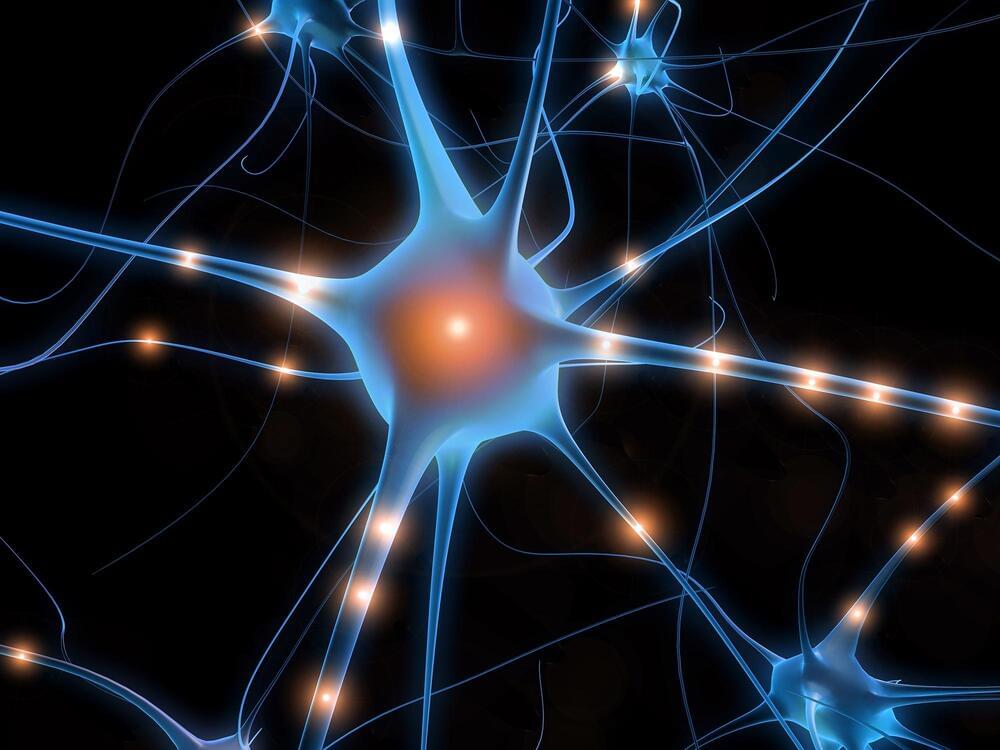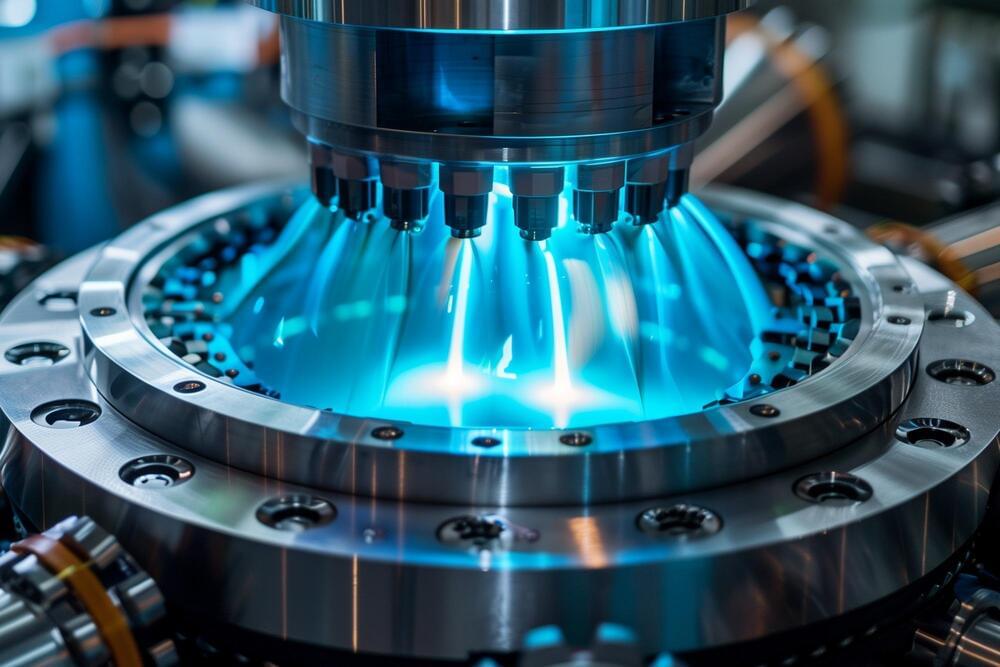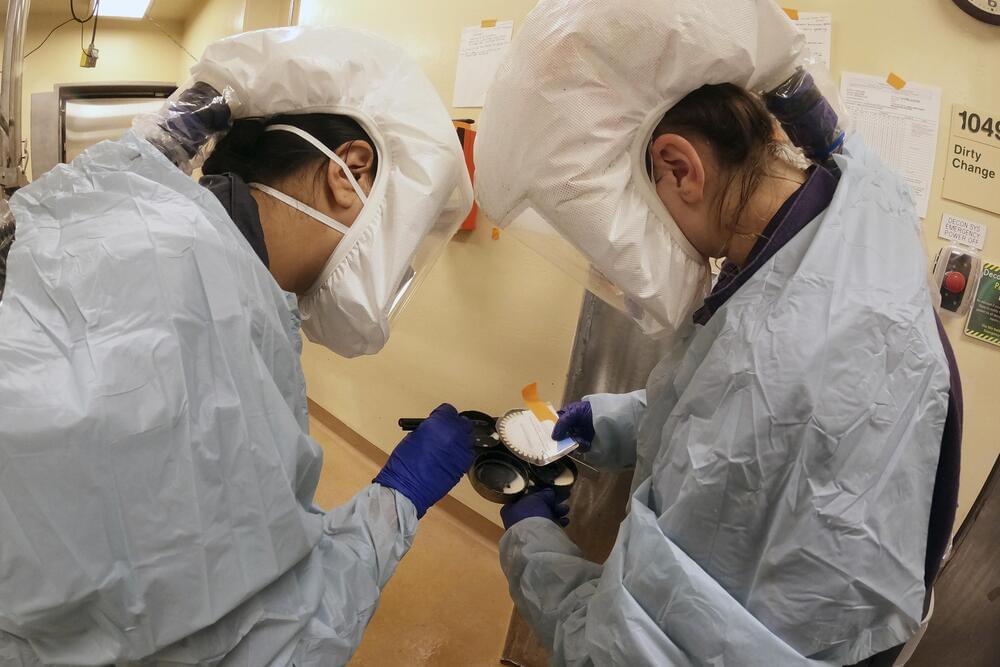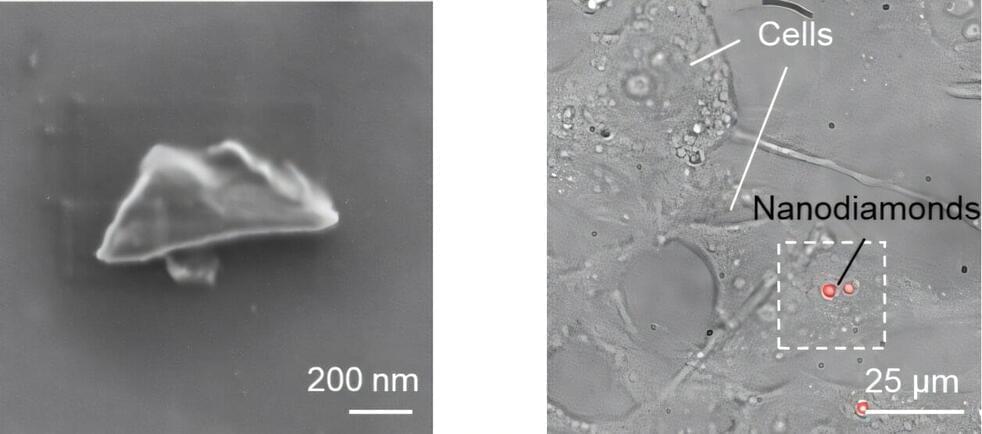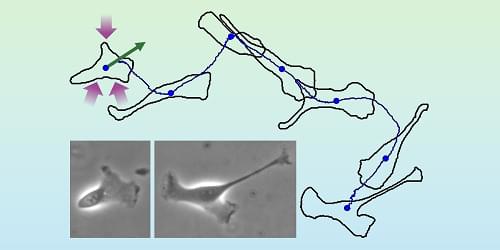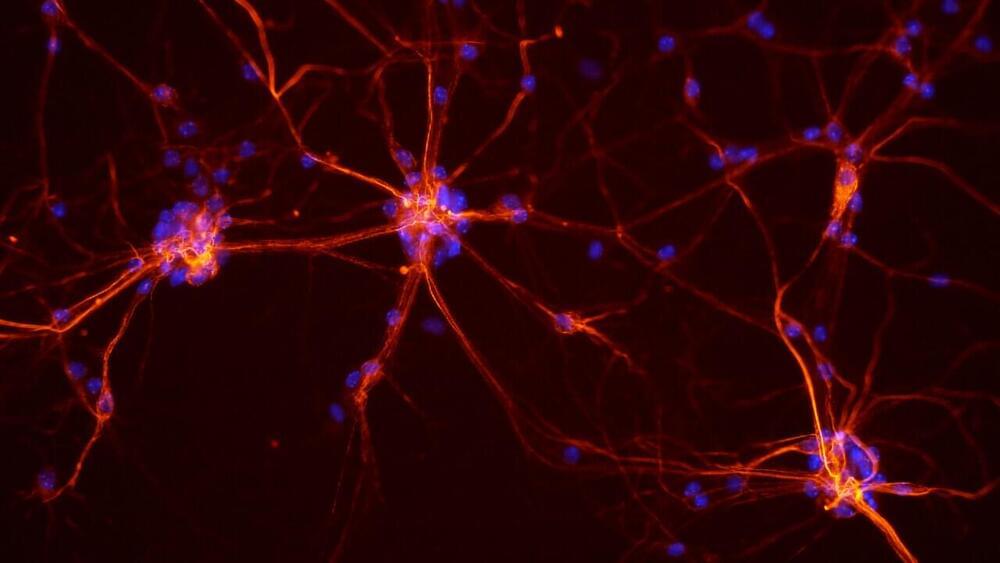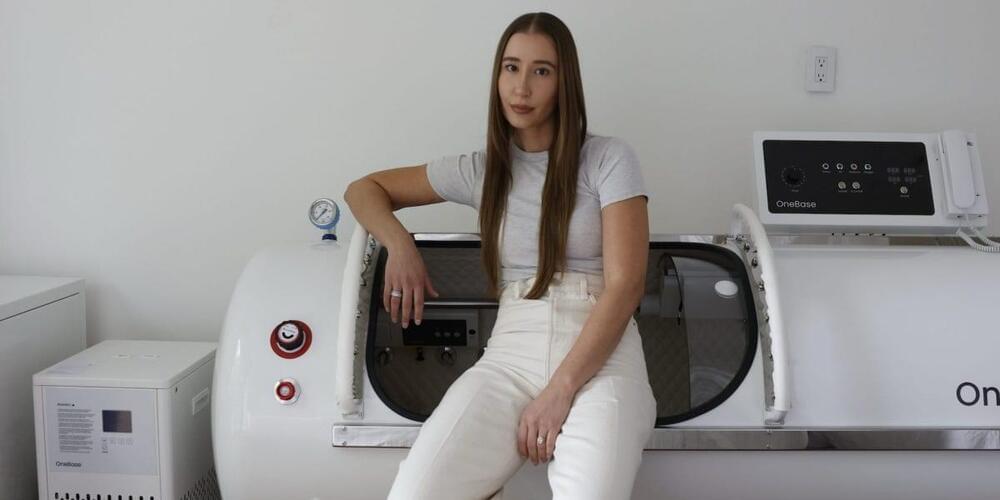Dec 26, 2024
Half-a-billion-year-old Ecdysozoan fossil embryos discovered in China
Posted by Dan Breeden in category: biological
The research, led by Professor Zhang Huaqiao of the Nanjing Institute of Geology and Paleontology at the Chinese Academy of Sciences, highlights the impact of these ancient organisms on our understanding of biological development.
Significance of the research: Fossilized invertebrate embryos are extraordinarily rare, and their preservation offers invaluable insights into the evolutionary developmental biology of ancient organisms.
Historically, fossil embryos from the early Cambrian to Early Ordovician periods have predominantly included cnidarians and the scalidophoran taxon Markuelia.


